250,000 to
500,000
people suffer a Spinal Cord Injury (SCI) every year.1
Up to 90 %
of SCI
are due to traumatic causes (e.g., motor vehicle accidents).1, 2
2 to 5 times,
SCI patients
are more likely to die prematurely than people without a SCI.1
socioeconomic implications
for patients, their caregivers, the health system and the society are significant1, 2
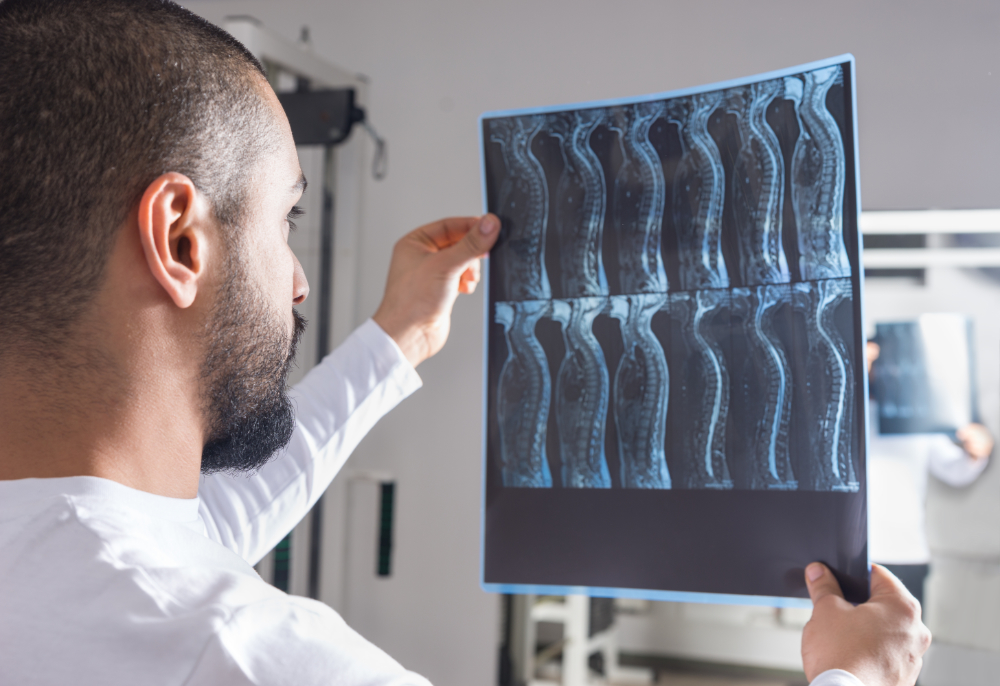
Background
The disruption of neural circuits in the spinal cord causes impaired connectivity between the brain and different parts of the body.
SCI is characterized by a number of complex conditions and symptoms depending on diverse factors including the severity of the injury and its location in the spinal cord.
Therapeutic options for SCI patients are so far limited to symptomatic treatments.
Our radical
vision
Our radical vision
This is where Piezo4Spine comes in
Piezo4Spine aims to develop a novel multifactorial therapy for spinal cord injury (SCI). To tackle SCI complexity more accurately, we will focus on two pivotal aspects of neural repair.
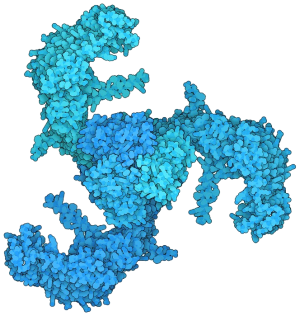
Mechanotransduction
targeting Piezo mechanoreceptors
Picture: Piezo1 mechanoreceptor
by David S. Goodsell, RCSB PDB.
by David S. Goodsell, RCSB PDB.
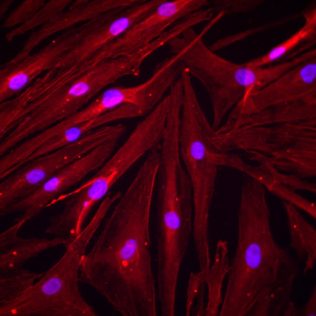
Inhibitory scarring
targeting meningeal fibroblasts
Picture: fibroblasts
Our cutting-edge technology
Our cutting-edge technology
Piezo4Spine will make use of the latest advances in Nanotechnology, Molecular Biology and Tissue Engineering to develop a bioprinted 3D mesh (3D-theramesh) containing nanocarriers that deliver diverse gene therapeutic agents to the lesion.
These bioactive nanocarriers will be released from the theramesh on-demand via wireless powering.
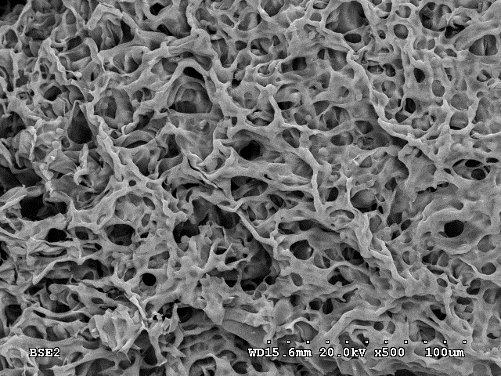
Chitosan natural hydrogel (SEM image)
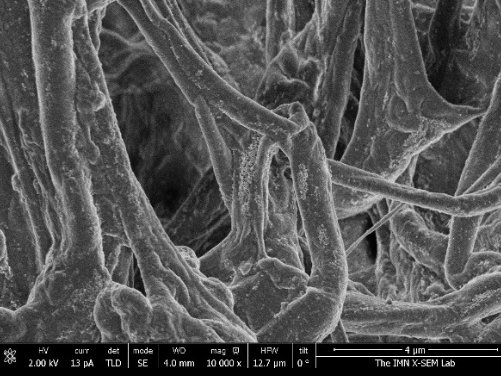
Magnetic collagen hydrogel (SEM image)
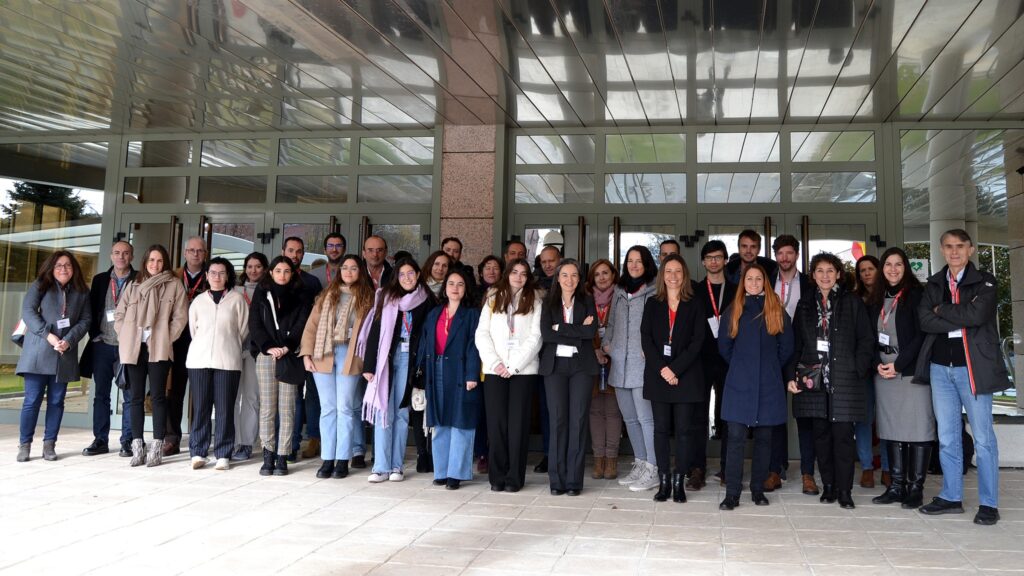
Our Impact
By a multidisciplinary consortium combining scientific, technological, clinical and industrial partners enriched by their interdisciplinarity, we envision to overcome limitations of current technologies by tackling multiple cellular targets involved in neural regeneration after SCI with a balanced combination of therapeutic interventions able to optimally promote functional recovery. These developments could enable, if successful, novel technologies and therapies for SCI and many other neural and non-neural pathologies in which similar targets might be implicated.
References
1 Spinal cord injury. https://www.who.int/news-room/fact-sheets/detail/spinal-cord-injury (accessed 2023-01-27).
2 Alizadeh, A.; Dyck, S. M.; Karimi-Abdolrezaee, S. Traumatic Spinal Cord Injury: An Overview of Pathophysiology, Models and Acute Injury Mechanisms. Front. Neurol. 2019, 10 (March), 1–25. https://doi.org/10.3389/fneur.2019.00282.
Links
More information about spinal cord injury treatment possibilites and research on spinal cord injuries:
